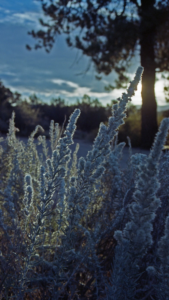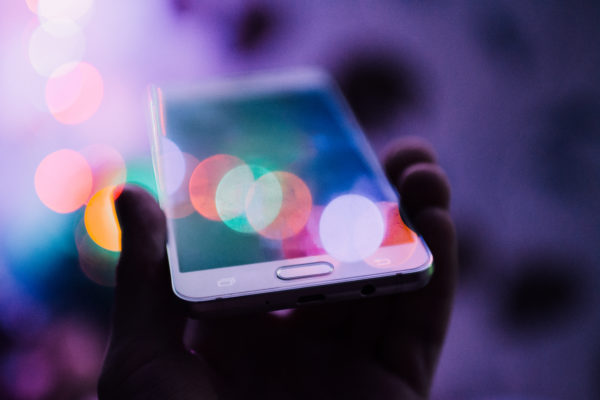It’s a visual world. Do we need to say much more? I could tell you that the sunrise was beautiful this morning in the mountains. Or, I could post this photo…

Think of your own experience; what makes you stop to read a post? It’s usually an interesting image that catches your eye first, then you read the headline.
Simple, good quality, compelling still images are a great place to start a media ministry. They don’t require complicated or expensive tools. They are quick to create and distribute. We can use still images to make friends, nurture relationships, and engage in spiritual conversations toward our ministry goals. Ministry-specific images might include:
- Local sights and activities to connect you with your audience
- Cultural-specific images: artwork, ceremonies, costumes, symbols, landmarks, religious and secular sites
- Scripture-related images: Bibles, symbols, locations, activities
- …you can probably think of more…
If you are in doubt about what kinds of images make an impression on your audience, be a learner. Look at what your friends and neighbors in the culture are posting and sharing with each other. Every culture has unique tastes, and the world changes rapidly, so it’s important to observe trends.
START WITH THE BASICS – YOUR CAMERA
Photographs are probably the most basic kind content you’ll create. A great image can be used by itself, with added text, other graphics, animation, audio, motion, etc. But you have to get a good image to start.
We’ll begin with the most basic tool, something you have in your pocket and likely use daily – your device’s camera. As small and ordinary as it might be, your device’s camera is a very capable tool. Beyond the camera app that came with your phone, there are hundreds of camera apps in the Android world.
You may have noticed that app developers really love to promote their unique features. Sometimes the crazy features overwhelm the basic function of an app. For our purposes, we’ll highlight the most important features of camera applications that we think will help you do the main thing – get a great image. We will mention some special features in our reviews, but we won’t try to cover everything.
FEATURES – WHAT’S REALLY IMPORTANT
So what are you looking for in a camera application? Two points are most important: image quality and control.
Image quality is important, but there isn’t much you can do to change the basic capabilities of your device. Any recent device (within the past 5+ years) will take a very good still photo. They have enough pixels and good enough image sensors (the stuff hidden inside) to serve you well. You don’t need to obsess over the latest hardware, nor do you need to feel that you can’t do anything worthwhile if your device isn’t the latest model.
So, if we can’t really do anything about the camera hardware in our pockets, what’s important? It’s really dependent on two things: a user’s control over the camera (while using an app), and the user’s own creativity. We’ll discuss the camera controls and features here. You may want to take a simple photography course and/or follow some really good image-makers to hone your own creative abilities.
So, what features are most important on a camera and app?
- Basic minimum resolution: around 3 MP (megapixels) or 2048 x 1536 pixels. This is fine, especially because you are going to be distributing these photos on mobile devices, not printing huge posters.
- Basic manual control over key functions: focus, exposure, and white balance. These controls are key to making good images that look better than the average ‘snapshot.’
- Sufficient storage space. Still images can be pretty large. When we start shooting video, it’s an even bigger deal! Does your device allow for adding a microSD card to expand its storage? If so, you want to consider adding a card.
That’s it for the really important stuff. Short list! Honestly, if you can do that, you can take great images.
Additionally, nice features include:
- Grids to help with composition
- Alternate frame sizes: normal, square, etc.
- Panorama function
- Self-timer
- HDR (High-Dynamic Range) images
- Some additional processing of images you’ve taken
Honestly, pretty much every camera app offers a lot more than this, including video recording and special effects to add to images you’ve taken. But we’ll stick with basic functions here and talk about more features in the section devoted to video, animation, image processing, etc.
